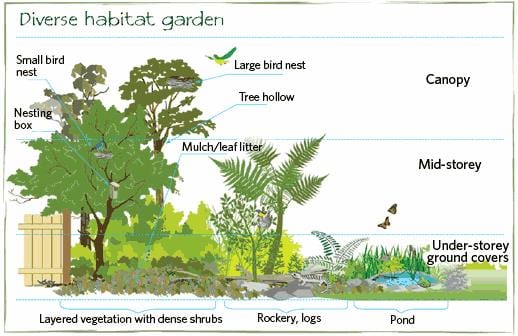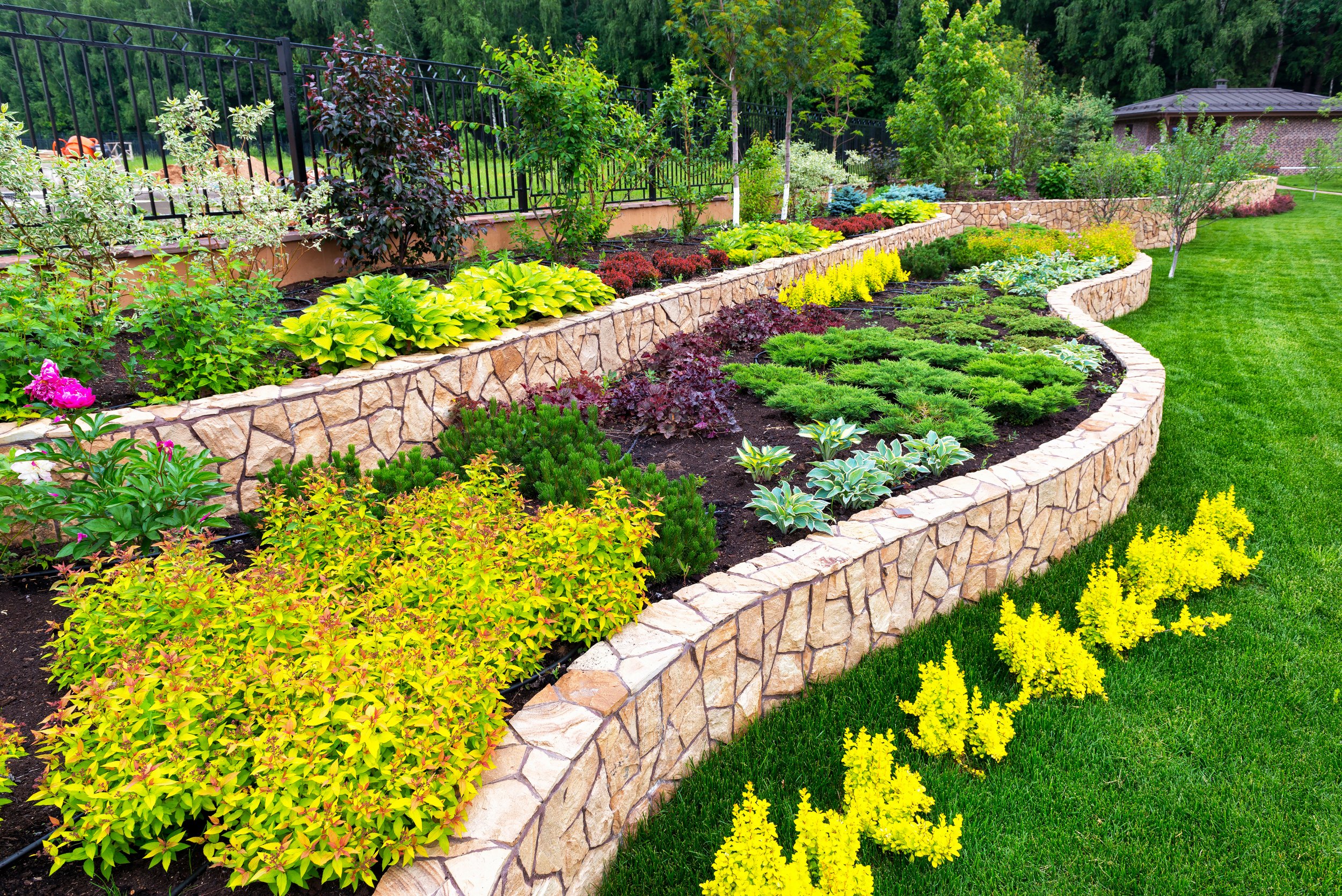What Does Hilton Head Landscapes Do?
Wiki Article
Top Guidelines Of Hilton Head Landscapes
Table of Contents4 Easy Facts About Hilton Head Landscapes ShownThe 15-Second Trick For Hilton Head LandscapesHilton Head Landscapes - An OverviewThe Definitive Guide to Hilton Head LandscapesThings about Hilton Head LandscapesAbout Hilton Head LandscapesGetting My Hilton Head Landscapes To Work
Line develops all types and patterns and can be made use of in a variety of means in the landscape. Line in the landscape is produced by the edge in between two products, the overview or shape of a form, or a lengthy straight feature. Lines are an effective tool for the designer since they can be made use of to create an infinite selection of forms and types, and they regulate activity of the eye and the body.

Lines in the landscape. The residential or commercial properties of lines determine exactly how individuals react to the landscape, both psychologically and physically.
Little Known Facts About Hilton Head Landscapes.
Rounded lines create an informal, natural, unwinded personality that is connected much more with nature and unbalanced balance. Curved lines move the eye at a slower pace and include mystery to the space by developing hidden views.Vertical lines in the landscape consist of tall, narrow plant product, such as trees, or high frameworks, such as an arbor or a bird home on a pole. Straight lines relocate the eye along the ground plane and can make an area feel bigger. Reduced lines are extra subdued and produce a sensation of remainder or repose.
Some Known Incorrect Statements About Hilton Head Landscapes
Low lines are created by reduced yard walls, sidewalks, and short hedges. Lines are used to attract types on a plan. In strategy view, they define plant beds and hardscape locations. Lines are likewise created by the upright forms of constructed functions and plant product. There are 3 primary line types that develop type in the landscape: bedlines, hardscape lines, and plant lines.Bedlines link plant material to your home and hardscape because the eye complies with the line, moving the stare via the landscape. Hardscape lines are created by the side of the hardscape, which delineates the built structure. Line can additionally be produced by lengthy and narrow materials, such as a fencing or wall.
The smart Trick of Hilton Head Landscapes That Nobody is Discussing
Type is found in both hardscape and plants, and it is normally the dominant aesthetic component that spatially organizes the landscape and commonly determines the design of the yard. The kind of structures, plant beds, and garden ornaments also determines the overall form motif of the garden. Formal, geometric types include circles, squares, and polygons.Plants create kind in the yard with their outlines or silhouettes, but form can additionally be specified by a gap or adverse room in between plants - landscapers hilton head island (https://worldcosplay.net/member/1787568). Circles can be full circles, or they can be separated right into half circles or circle sections and integrated with lines to produce arcs and tangents
10 Simple Techniques For Hilton Head Landscapes
Circles can likewise be extended into ovals and ellipses for more selection and rate of interest. Circles are a strong layout type because the eye is always drawn to the facility, which can be utilized to emphasize a prime focus or link various other forms. Number 2. Circular types in hardscape and lawn panels.The square form can likewise be segmented and pre-owned repeatedly to develop a grid pattern. Unlike circles, squares are stronger on the brink, which can be aligned or overlapped to create distinct patterns and even more complex forms. Polygons are many-sided types with straight sides. Triangles, for instance, are three-sided polygons.
Meandering lines often imitate the natural program of rivers or streams and can be defined as smooth lines with deeply curved wavinesses. Twisting lines (Number 3) work well for pathways, plant bedlines, and dry stream beds. Twisting lines can include passion and secret to a garden by leading viewers around corners to find brand-new sights and spaces.
The Main Principles Of Hilton Head Landscapes

Typical plant types are well established and standard, as form is the most constant and identifiable feature of plants. Form can additionally be developed via the massing of plants, where the total mass produces a different type than a specific plant.
An extremely different kind should be used with careone or more job well as a prime focus, but way too many wreak havoc. All-natural plant forms, as opposed to over-trimmed kinds, must establish the bulk of the composition. The importance of overall kind is basically depending on the seeing perspectivethe kind of a tree can appear quite various to a person standing under the canopy versus checking out the tree from a range in an open area.
Not known Details About Hilton Head Landscapes
Plant forms likewise develop and specify deep space or open areas in between the plants, developing either convex or scooped types in deep spaces. High-arching tree branches usually create a concave open space under the branches, and a round cover with low branches fills up the room to develop a convex form in the open space under the tree.
Report this wiki page